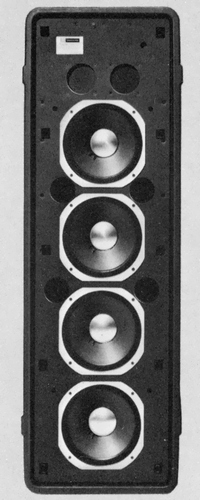- Joined
- Jan 14, 2011
- Messages
- 75,641
- Location
- Gillette, Wyo.
- Tagline
- Halfbiass...Electron Herder and Backass Woof
Perhaps there are more mid and lofi ears than we realised.....
So question then... if it's so taboo to be driving speakers in series (which when you get down to it and think about it, yep.. I wouldn't either...), then why do we see soooooo many lofi and midfi receivers and integrated amps out there that do it when you select more than one pair? Even my M80 - it has connections for three pairs in the back. If you do A+B, A+C, or B+C, it'll drive in parallel... BUT.. if you decide to do A+B+C, then A drives in parallel with B/C in series (figure THAT one out... ).
I guess the answer is you might have a pair in the living room, another one deckside outdoors, etc... but nobody ever mentions that when you have two pairs stacked on each other, that you should consider how the amp is wired up to handle multiple pairs.


... but then again, I wonder how these guys hear it?

both of mine have made it quite obvious they don't like it loud.....
so, it rarely happens here.

The ears on cats would pick up wow and flutter on a cd player

more importantly, they don't care!

these two are a dead ringer for my two.....

.... they are my reason for living.
Perhaps there are more mid and lofi ears than we realised.....

Speaking of cats, the 2nd mountain lion in a month had to be tranqed and relocated. Downtown, in a residential neighborhood. 95lb male, BIG kitty.....



